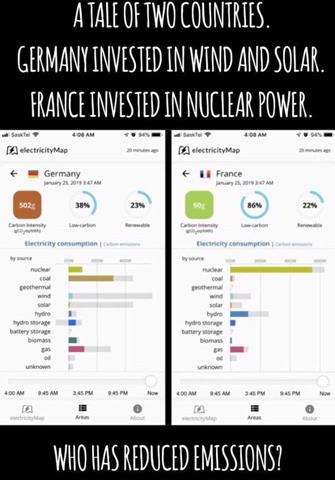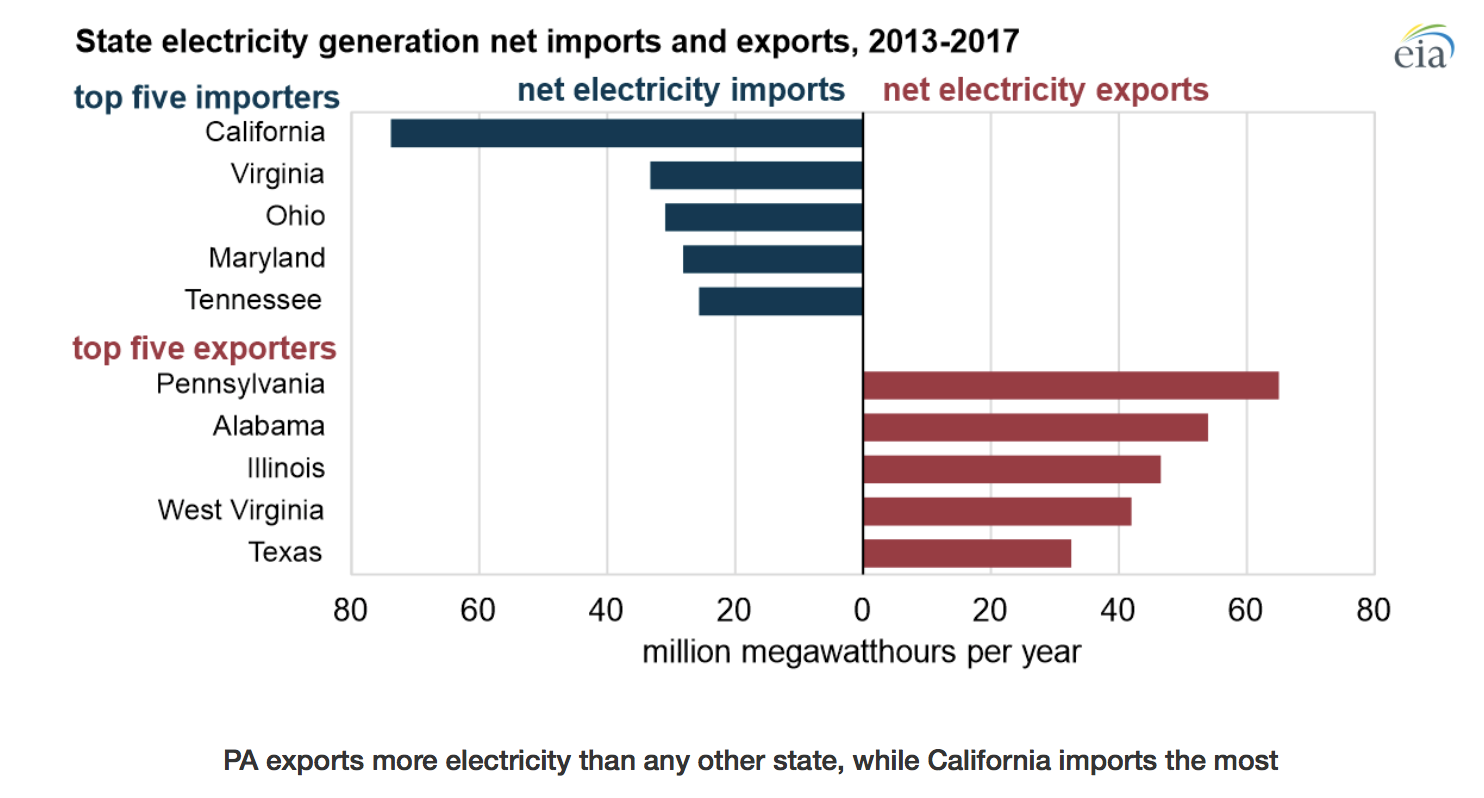And now it's headed through the court system. Nothing rapid about that!
Concerned citizens across Oregon have joined forces to oppose construction of the massive, nearly 300-mile-long, Boardman to Hemingway (B2H) high-voltage transmission line. Stop B2H Coalition and Greater Hells Canyon Council charged the Bureau of Land Management (BLM) and U.S. Forest Service with failure to adequately review the impact of the route Idaho Power has proposed for the B2H transmission line across five eastern Oregon counties. The suit was filed in federal court in Pendleton.
The suit addresses the federal agencies’ failure to adequately evaluate the need for and environmental effects of the line, which would cause harm to family farms, residential areas and wildlife habitat.
Jim Kreider, Co-Chairperson for Stop B2H Coalition, explained: “Public comment on the federal environmental review closed more than four and a half years ago, long before Idaho Power completed its design for the project. The transmission line route was changed to pass within 2,000 feet of homes in La Grande, and there has been a lot of new information about the project’s likely destructive impacts on eastern Oregon. We are trying to prevent catastrophic damage to our public and private lands by an out-of-state corporation which prioritizes profits for its shareholders.”
The citizens groups’ complaint also cites likely public safety hazards along the project route, including geologic instability and excessive noise near homes, recreation areas and campgrounds. The B2H project would also crisscross the Oregon Trail’s historic ruts and viewsheds—yet BLM refused to consider a citizen-proposed alternative of burying the line for less than two miles in front of the National Historic Oregon Trail Interpretive Center in Baker County, where 40,000 people come each year to admire the historic Trail.
"This power line would literally cut a permanent destructive swath through local forests and grasslands," said Brian Kelly, restoration director for Greater Hells Canyon Council of La Grande, who also expressed concerns for BLM’s failure to adequately address impacts on wildlife corridors, clean water, climate change, habitat for elk, deer, salmon, and more. "We must protect these values that are so important for all of us.”
The citizens groups say that BLM underestimated the line’s impacts on several resources, including Morgan Lake Park and the habitat of imperiled plants, fish and birds—including the Greater sage-grouse, whose Oregon population in 2019 reached its lowest level in three decades—as well as the likely spread of invasive weeds on public lands and family farms. “In addition to those obvious deficiencies,” Kreider went on to say that “technological changes in the utility industry have made Idaho Power’s 12-year-old proposal obsolete.”
The groups are represented by Portland-based attorneys, including the Crag Law Center.



 RSS Feed
RSS Feed